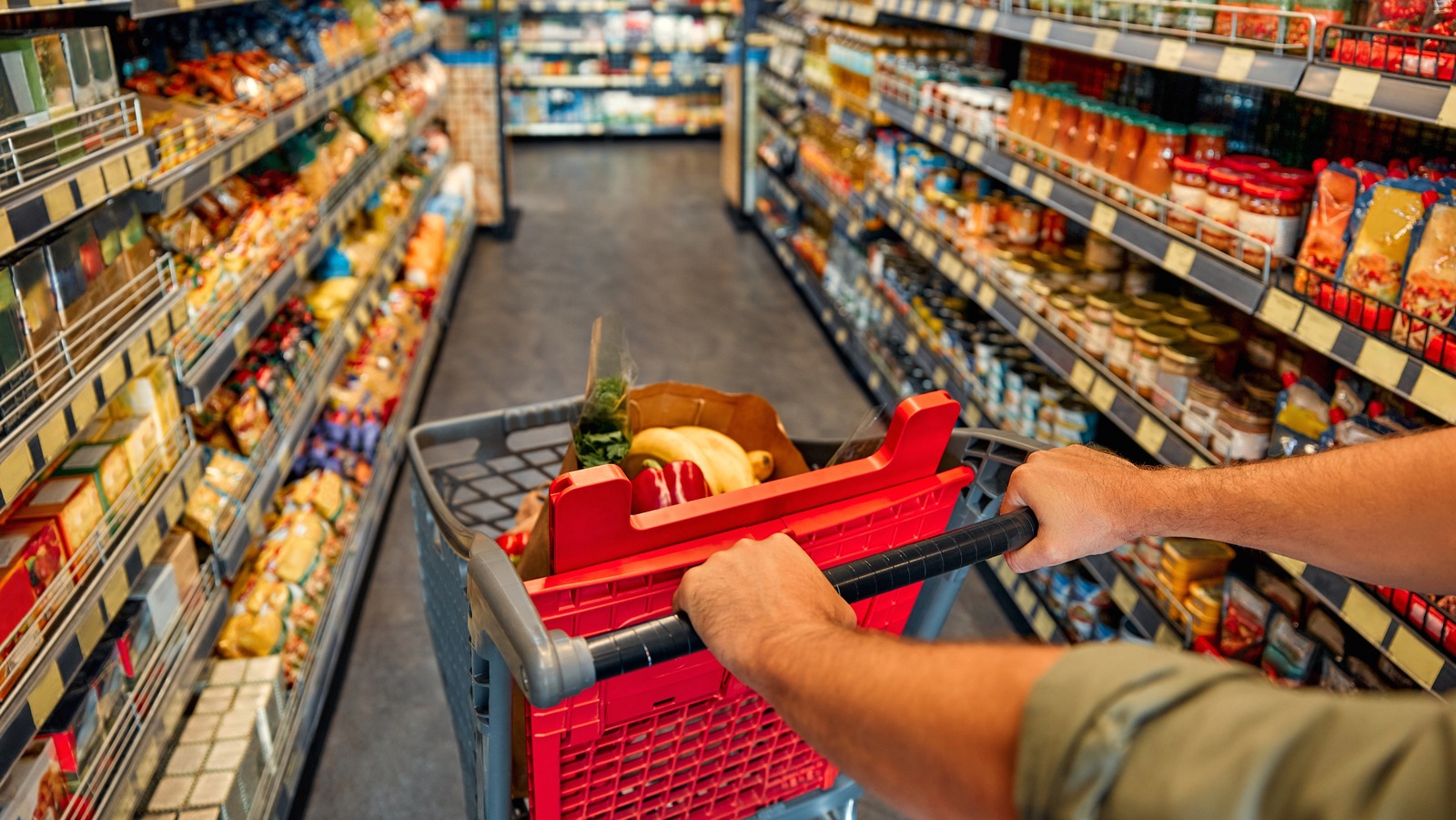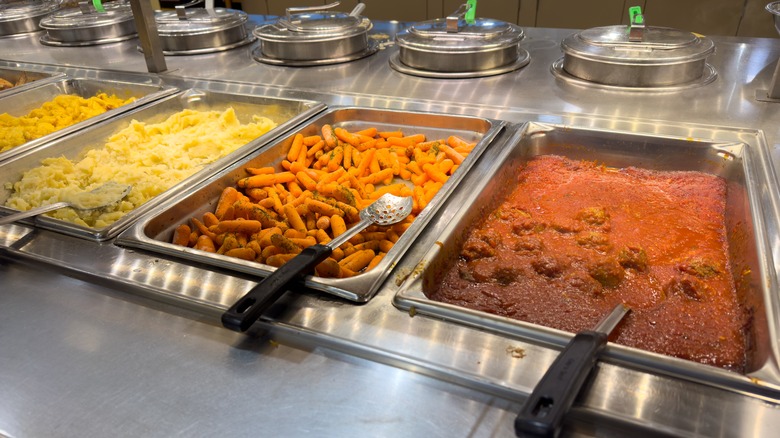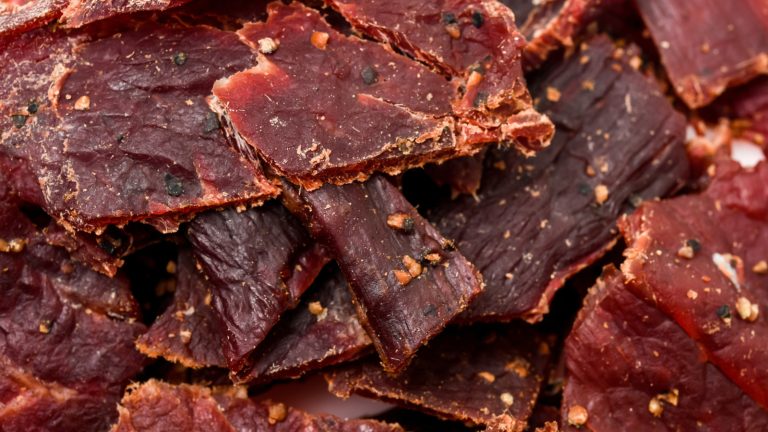Grocery store trends come and go like any other. To date, stores will attempt whatever they can to address the demands of customers. This can be seen in the rise of self-checkout lanes (which Trader Joe’s refuses to have) and other tactics to draw patrons in. A major one that’s on the rise is the supermarket food hall or “grocerant,” which, as one could summarize, essentially combines aspects of a grocery store and quick-service restaurant into one concept. Effectively, this allows an establishment to be more than just the average supermarket, giving patrons an array of prepared, grab-and-go food options. The addition of food halls also transforms them into a place of gathering, giving their patrons more reason to visit than just a “run to the store.”
There’s a good reason that food halls are becoming more popular. Whole Foods and Hy-Vee have offered them for years, addressing the patrons who commit one of the classic shopping mistakes of arriving while they’re hungry. With less time available to them, the current generation of shoppers may desire something easy to either bring to work or home. The food hall becomes a natural extension of the community hub that grocery stores are known for, as it offers not only a meal, but a seating area to have a conversation over a hot plate. As it addresses both of these ideas, a grocerant makes itself accessible to non-grocery shoppers who may not have visited it otherwise.
The grocerant is an evolution of other supermarket concepts
If anyone isn’t convinced of why the supermarket food hall works, simply look at IKEA. It’s absolutely not a grocery store or restaurant by nature, but if it’s known for anything, it’s two things: affordable, modern, ready-to-assemble furnishings, and equally inexpensive Swedish meatballs. Since 1960, IKEA has expanded its stores to include a restaurant and bistro to draw in more revenue. Later, in 1985, it introduced its iconic meatballs to patrons. Today, IKEA sells over a billion Swedish meatballs annually, and even offers them in its frozen food section. In the same way that IKEA found success in the culinary and grocery fields, grocerants could easily find success as they combine the concepts.
To be fair, one could argue that supermarket food halls are an evolution of other ideas and tricks grocery stores will try in their quest to increase revenue. The concepts of offering ready-to-eat, ready-to-heat, and a meal preparation counter at the deli are already old hat in many supermarkets. For example, Publix owes much of its ongoing Southern legacy to its legendary sandwiches (or Pub Subs as they’re affectionately referred to). Some stores, like Whole Foods and formerly Publix, even offer recipe ideas based on their products and what’s offered in the food hall, as well as cooking classes at select locations. This would effectively qualify a grocerant as a unique date night. Adding to this that modern consumers are choosing to eat out instead of preparing food at home, it wouldn’t be surprising that grocerants may become the future of grocery shopping.






